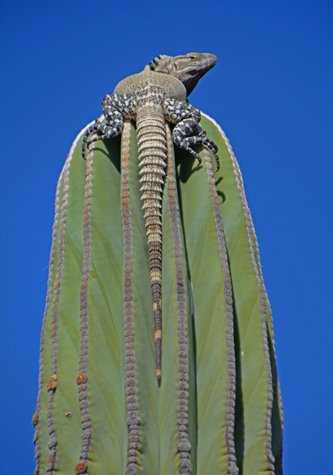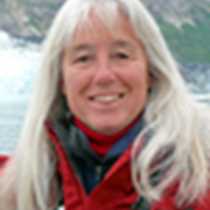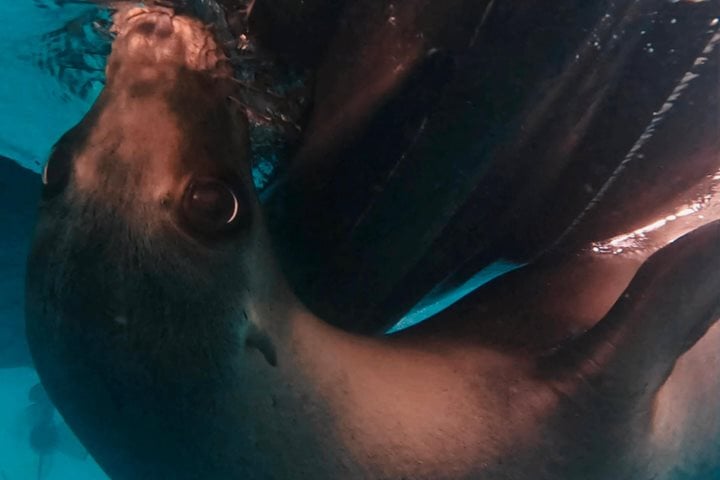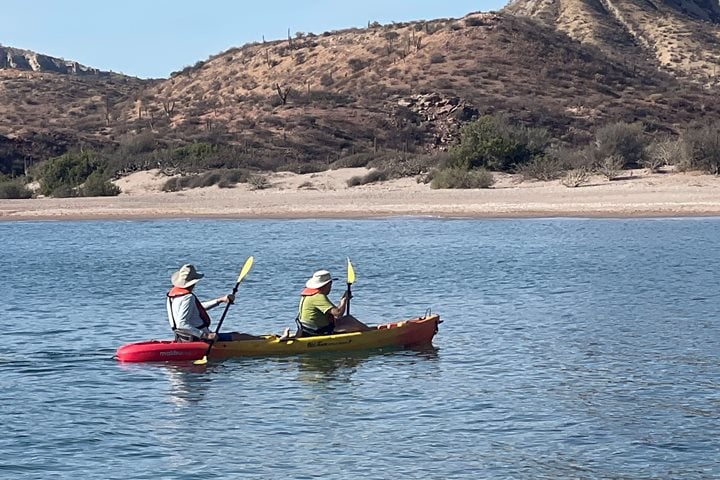Bottlenose dolphins greeted National Geographic Sea Lion this morning in the tranquil water around Isla San Esteban. This island is known for its large lizards—the spiny-tailed iguana and pinto chuckwalla, which are endemic here. Baja California is referred to as Mexico’s Galapagos, with many species that are the same or similar. We have seen frigatebirds, boobies, sea lions, crabs, reptiles, and other species reminiscent of the distant archipelago.
After breakfast some guests explored along the shoreline by DIB. There were California sea lions, ospreys, brown pelicans, gulls, cormorants, and eared grebes to observe and photograph. Near our landing site on a rocky beach, we were curious about the behavior of numerous small stingrays. On shore it was a fun challenge to find the lizards as they departed their nighttime lairs and went about their day foraging for food. The chubby chuckwallas, black and orange like a pinto bean, blended in with the rocks and shrubs, and tended to be quite skittish and elusive. The black and gray spiny-tailed iguanas were seen climbing in bushes and perched atop cardón cacti.
On our way to tiny Isla Rasa, Mike G. gave a presentation about birds of Baja California to help with identification of and information about the local avifauna. Isla Rasa is where most of the world’s populations of Heermann’s gulls and elegant terns nest—at least in a good year. With warming water and overfishing of sardines, the birds have failed to nest for the past two years. Yet, there is still hope for this season as many birds are in the area and we enjoyed DIB tours with a sensory overload of sights and sounds (and sometimes smells) as the birds gathered on the rocks along the shore in the late afternoon. We also had nice sightings of peregrine falcons, an osprey on a nest with a large chick anxious to fly, American oystercatchers, Sally lightfoot crabs, and California sea lions.
Enriqueta Velarde has been studying the birds on Isla Rasa for thirty eight years. She and her two student helpers were invited aboard National Geographic Sea Lion to make a presentation about the island and its birds, and, of course, stay for dinner. They will only remain on the island for a short time this year unless the birds change their mind about nesting.
National Geographic Sea Lion hoisted her anchor and began her southward migration. We retired after a full day, looking forward to whatever tomorrow brings.







